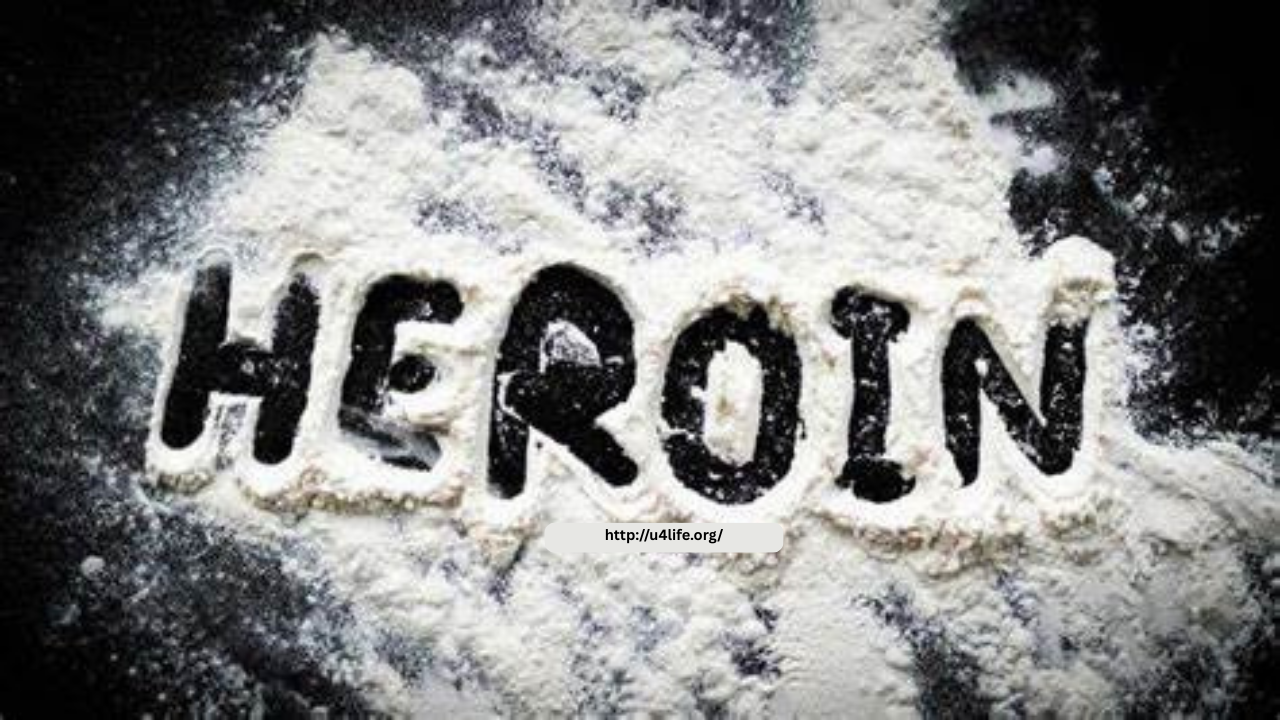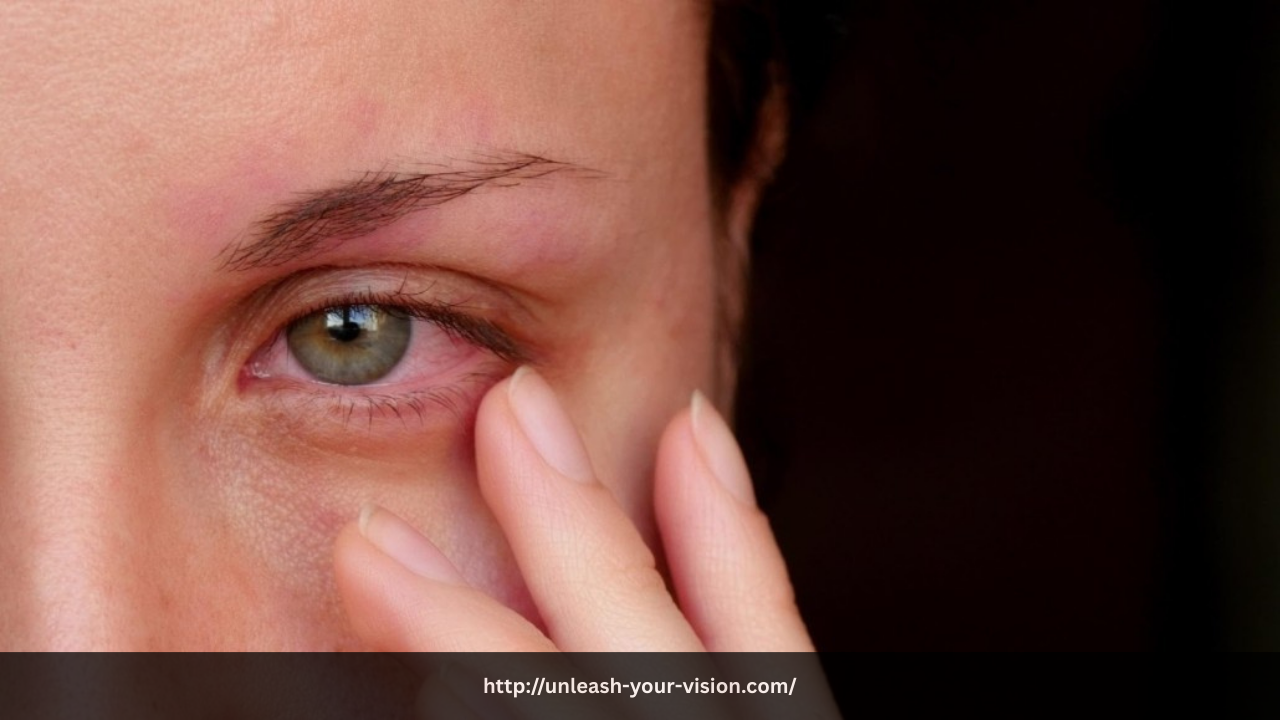 While the dangers of cocaine, methamphetamine (meth), and heroin on the heart, brain, and overall health are well documented, their damaging impact on eye health is often overlooked. These powerful and highly addictive substances can cause both short-term and long-lasting damage to vision. From bloodshot eyes and dry eye syndrome to retinal damage and blindness, the effects of drug abuse on eye health are as devastating as they are preventable.
While the dangers of cocaine, methamphetamine (meth), and heroin on the heart, brain, and overall health are well documented, their damaging impact on eye health is often overlooked. These powerful and highly addictive substances can cause both short-term and long-lasting damage to vision. From bloodshot eyes and dry eye syndrome to retinal damage and blindness, the effects of drug abuse on eye health are as devastating as they are preventable.
The Short-Term Impact
Each of these substances affects the eyes in different but equally harmful ways during active use. Cocaine, a stimulant, causes the pupils to dilate and blood vessels in the eyes to constrict. This leads to redness, dryness, and sensitivity to light. Users may also experience involuntary eye movements, known as nystagmus, which can make focusing difficult and impair depth perception.
Methamphetamine use causes similar symptoms—dilated pupils, eye twitching, and light sensitivity. Because meth increases blood pressure and heart rate, it can also lead to bursts in small blood vessels in the eye, causing bloodshot or bruised-looking eyes. Meth’s dehydrating effects can worsen dry eye symptoms, leading to chronic irritation and blurred vision.
Heroin, a depressant, slows body functions and reduces oxygen levels in the blood. This poor oxygenation, combined with contaminated needles or unsanitary usage methods, can lead to infections and abscesses near the eyes. Users may experience drooping eyelids (ptosis), constricted pupils (pinpoint pupils), and impaired visual processing.
Long-Term Eye Damage
Prolonged use of these drugs can result in severe, often irreversible eye conditions:
-
Toxic Optic Neuropathy
Chronic drug use can damage the optic nerve, leading to a condition known as toxic optic neuropathy. This condition reduces visual clarity and color vision and may eventually result in blindness. Meth and heroin, in particular, can cause nutritional deficiencies that contribute to this nerve damage. -
Retinal Vascular Damage
Cocaine and meth significantly increase blood pressure, which can cause retinal blood vessels to constrict or rupture. This can result in retinal hemorrhages, scarring, or even retinal detachment—a medical emergency that can cause permanent vision loss. -
Endophthalmitis and Eye Infections
Heroin users who inject the drug are at a higher risk for bacterial infections that spread to the eyes. One such condition, endophthalmitis, is a serious infection that affects the interior of the eye and can lead to blindness if not treated promptly. -
Ischemic Optic Neuropathy
Both heroin and meth can reduce blood flow to the optic nerve, causing ischemic optic neuropathy. This condition results in sudden vision loss due to lack of oxygen and nutrients reaching the optic nerve.
Prevention and Hope
The most effective way to protect your eyes from these devastating effects is to avoid or stop using harmful substances. For individuals struggling with addiction, professional treatment and early intervention are critical. Regular eye exams, a balanced diet rich in vitamins, and proper hydration can support recovery and prevent further vision loss.
Conclusion
The eyes may not be the first organs that come to mind when considering the consequences of drug abuse, but they are certainly among the most vulnerable. Cocaine, meth, and heroin can cause both immediate and long-term vision problems, some of which may be irreversible. Raising awareness of these risks is vital to helping individuals seek help and preserve not just their vision—but their lives.

